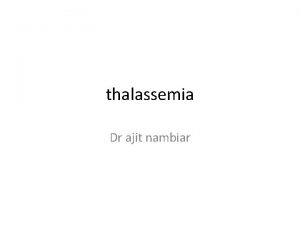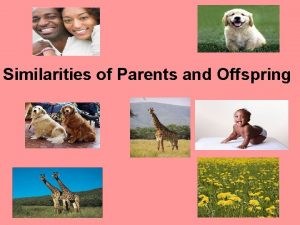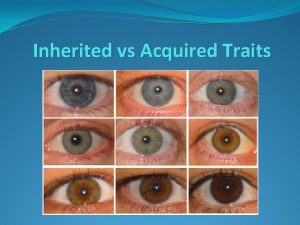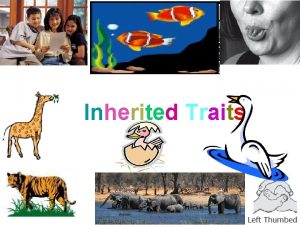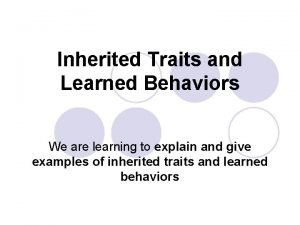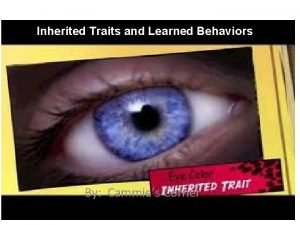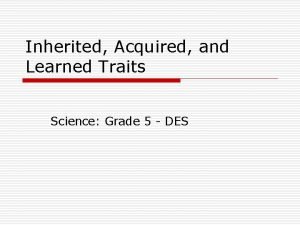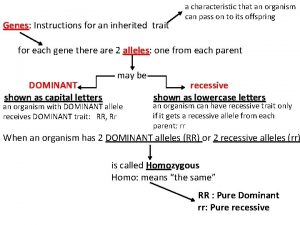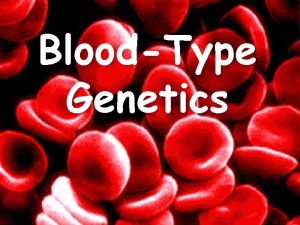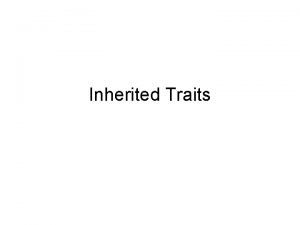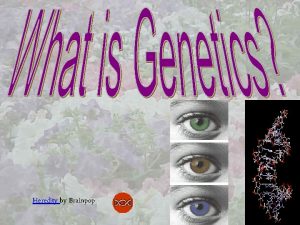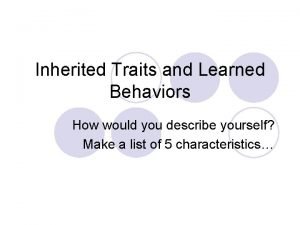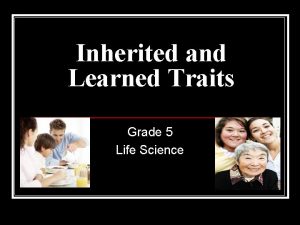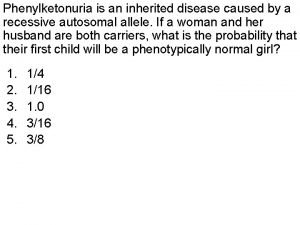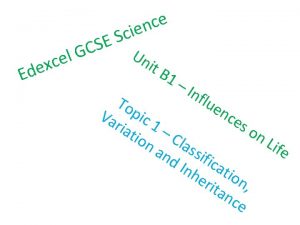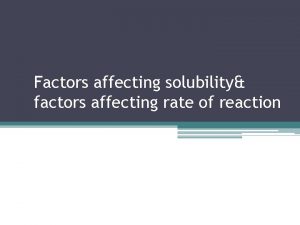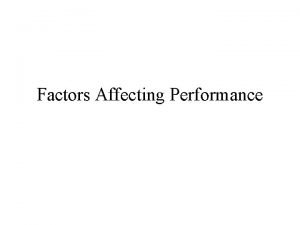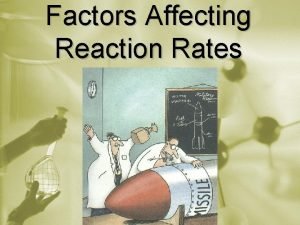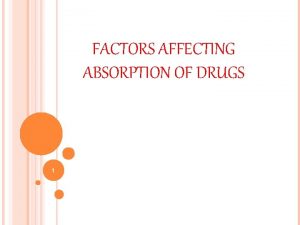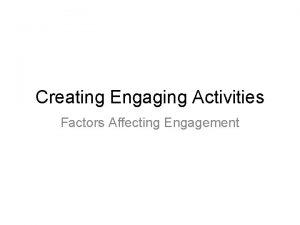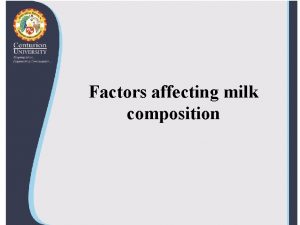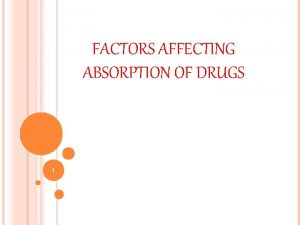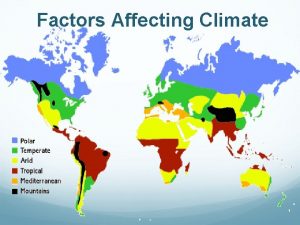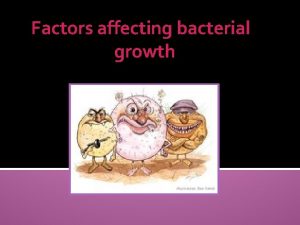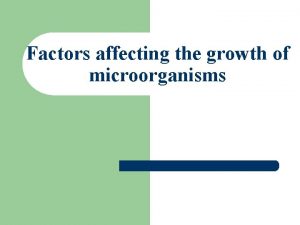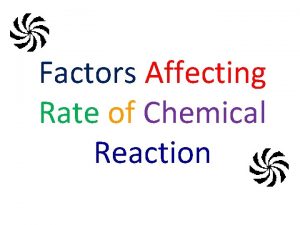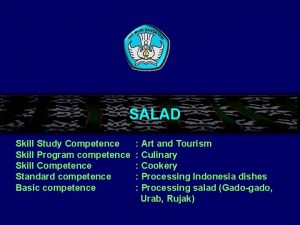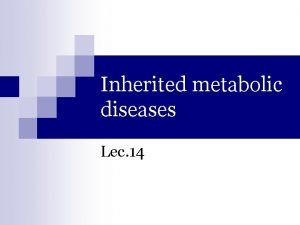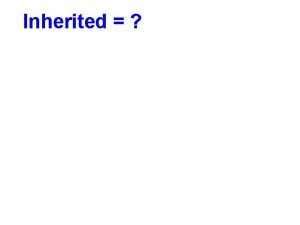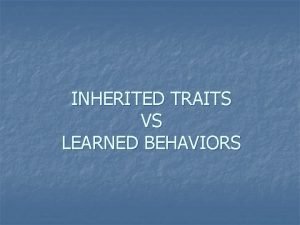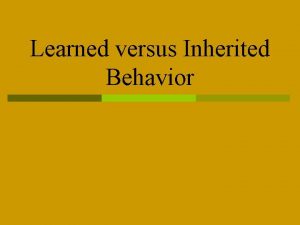Skill Learning Principles Factors Affecting Learning Inherited Factors























- Slides: 23

Skill Learning Principles

Factors Affecting Learning Inherited Factors These could include: • Gender • Age • Race • Culture • Body Shape • Muscle Fibre type • Information Processing Ability

Factors Affecting Learning • • • Previous Experience Confidence Self Esteem Motivation Relation with others Reasons for participation • Level of aspiration • Degree of enjoyment • Persistence • Effort • Readiness to learn.

Phases of Skill Learning • Learning a skill is a continuous process that does not have distinct and definite stages. However there are general changes the take place and these can be categorised into 3 phases: – Cognitive (or understanding) phase – Associative (or practice) phase – Autonomous (or automatic) phase

Cognitive Phase • This stage is characterised by thinking and trying to understand the skill. • In this stage the learner gains a picture of the skill and what is required to do it. • Charactestics:

Cognitive Phase • During this stage the coach should: – Teach simple, fundamental skills, by demonstrating, modelling and giving clear instructions. – Keep instructions brief and focus on a few things at a time. – Provide instant and simple feedback

Associative Phase • In this stage the fundamentals and the mechanics of the skill have been learnt. • Performance is more consistent and the subject will be able detect and correct errors. • Characteristics:

Associative Phase • During this stage the coach should: – Communicate well and give feedback – Instruction needs to be individualised with errors identified and solutions prescribed. – There should be a progression in the complexity of tasks.

Autonomous Phase • Characteristics:

Autonomous Phase • Training sessions: – Need to be well organised – Should simulate the actual conditions of play – Should involve sport psychology

Learning a skill • How complex the skill is will obviously affect the acquisition of it. Skills can be classified into the following: – Closed and Open skills – Fine and Gross skills – Continuous, Serial and Discrete skills – Timing (externally or self paced)

Closed and Open Skills • This refers to the stability of the environment. • Closed skills have a stable, predictable environment • Open skills have a changing, unpredictable environment. • Skills need to be viewed on a continuum.

Timing • Self Paced • Closed skills are self paced • Externally Paced • Open skills are externally paced

Fine and Gross Skills • This refers to the precision of the movement: • Gross Skills – Using large muscle groups • Fine Skills – Using small muscle groups Examples:

Discrete, Serial and Continuous • Discrete – Clearly defined start and finish point • Continuous – No defined start or finish (determined by person) • Serial – A series of discrete skills put together

Practice Methods • There a range of methods you can use to practice a skill including: • Massed and Distributed • Whole and Part and a combination of

Massed Practice • Continuous with very little or no rest periods. • Good for: – Highly motivated performers – Highly skilled performers – Easy tasks

Distributed Practice • Periods of rest are equal to amount of work on primary skill • Good for: – Novices – When task is difficult or boring – When energy demands are high

Whole and Part Practice • Whole – Learning the skill in its entirety – Good for basic skills • Part – Learning the skill in sub routines – Good for complex skills

Feedback • There are different forms of feedback that can be given and received with performance. These are: – Internal – External – Knowledge of Results – Knowledge of Performance – Positive – Negative

Internal and External Feedback • Internal Feedback – Internal (or intrinsic) feedback is information received from the senses. This helps athletes develop a feel for a movement which allows them to distinguish between a skilled or less skilled performance. • External Feedback – External (or extrinsic) feedback is information received from external sources (outside the body) such as the crowd reaction, opposition, coach, replays/taped performances, results etc

Knowledge of Results / Performance Feedback • Knowledge of Results – Knowledge of results suggests how successful the skill was performed, and comes from an external source. This could include a coach discussing the outcome of a performance with the athlete such as did the ball go in. • Knowledge of Performance – Knowledge of performance is information received about how well a skill was performed. It may be internal or external.

Positive and Negative Feedback • Positive Feedback - When a skill is performed correctly giving a successful outcome. The player then knows what to repeat for the next time that they do that particular action. (Good for beginners) • Negative Feedback - This is more than just picking out a weakness in the players game. It includes what the player should do to correct the fault. This feedback must be used carefully because it can easily demotivate the player.
 Soft skill vs hard skill
Soft skill vs hard skill Insight learning
Insight learning Psychological factors influencing learning
Psychological factors influencing learning Factors affecting of learning
Factors affecting of learning How is thalassemia inherited
How is thalassemia inherited Similarities of parents
Similarities of parents Dog inherited traits examples
Dog inherited traits examples Inherited traits of flowers
Inherited traits of flowers What is an inherited behavior
What is an inherited behavior Bill nye inherited traits and learned behaviors
Bill nye inherited traits and learned behaviors Acquired traits in animals
Acquired traits in animals Punnett square mouse
Punnett square mouse Genotype of type o blood
Genotype of type o blood An unchanging, biologically inherited behavior pattern.
An unchanging, biologically inherited behavior pattern. What inherited traits do elephants have
What inherited traits do elephants have A gene carries the ________ for a trait. brainpop
A gene carries the ________ for a trait. brainpop Are fingerprint patterns inherited
Are fingerprint patterns inherited Millionaire game rules
Millionaire game rules Learned behavior and inherited traits
Learned behavior and inherited traits Examples of acquired traits in humans
Examples of acquired traits in humans Acquired trait
Acquired trait Pku hereditary
Pku hereditary Inherited trait
Inherited trait Ecxed
Ecxed




